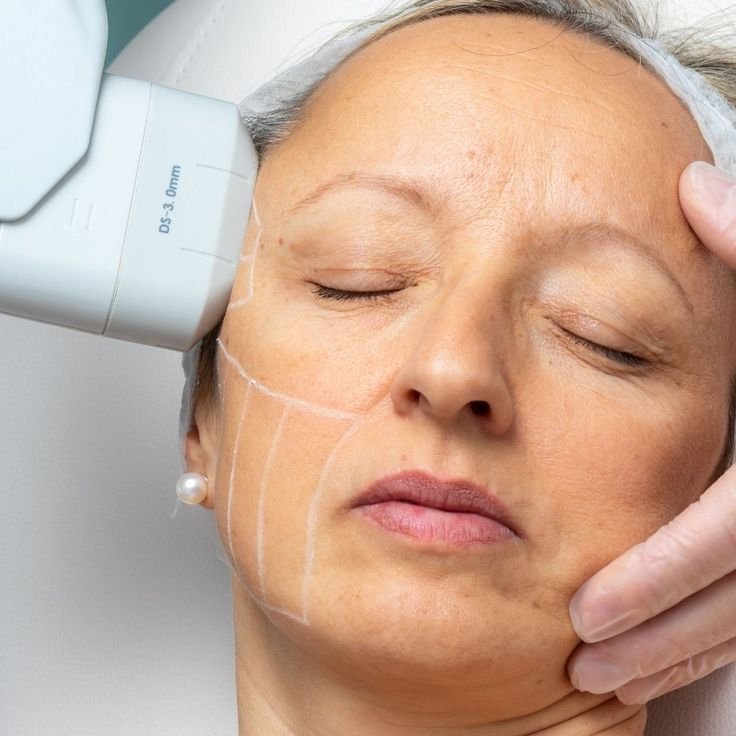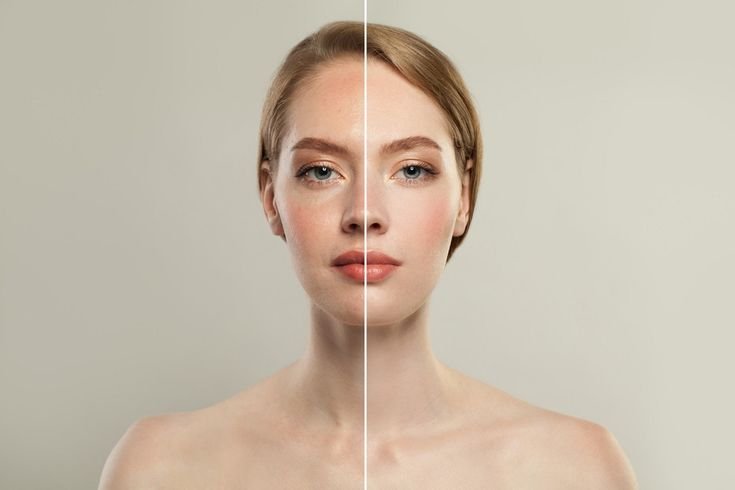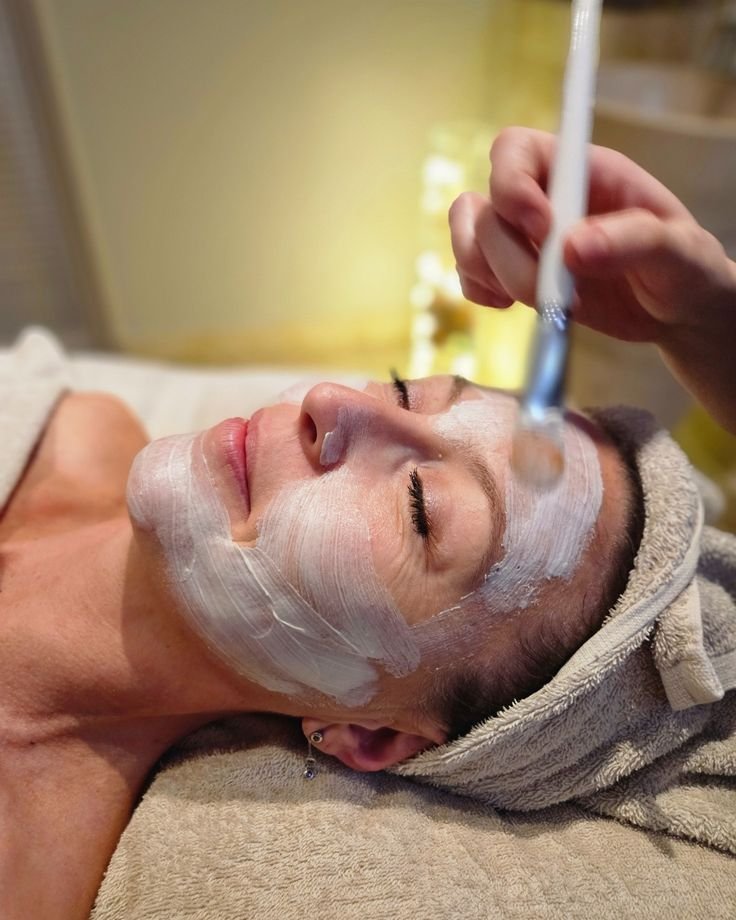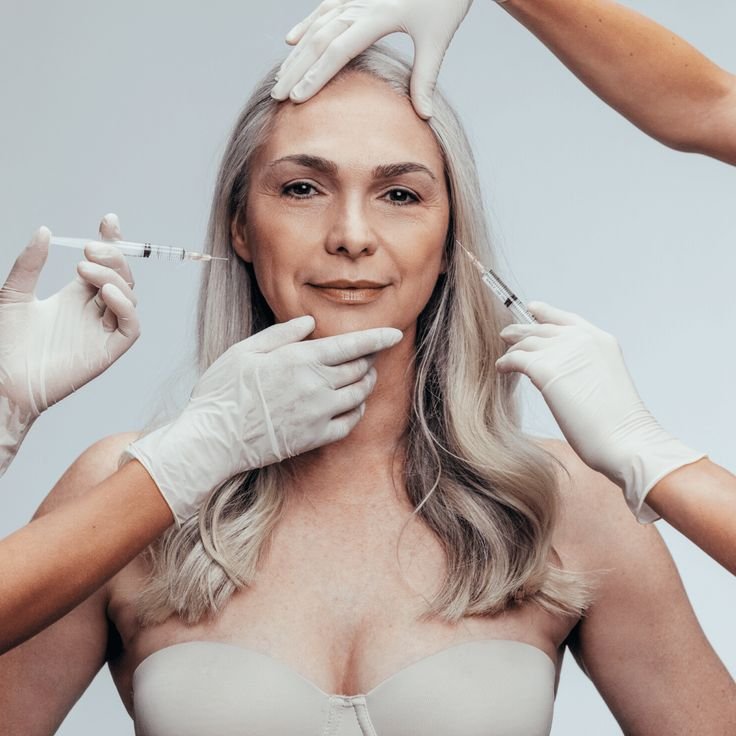Finding Balance: How Many Facial Treatments Are Recommended for Optimal Skin Health?
Facial treatments are an essential component of a comprehensive skincare regimen, providing targeted solutions for a wide range of skin concerns. While the frequency of facial treatments varies depending on individual skin needs, finding the right balance is key to achieving and maintaining optimal skin health. In this article, we’ll explore the factors to consider when determining how many facial treatments are recommended for your skin type and goals.
Understanding Your Skin’s Needs:
Before establishing a facial treatment schedule, it’s essential to understand your skin’s unique needs and concerns. Factors such as skin type, age, lifestyle, and environmental factors can all influence the frequency and type of facial treatments required. Consulting with a skincare professional can help assess your skin and develop a customized treatment plan tailored to your specific needs.
Consideration of Skin Concerns:
The frequency of facial treatments often depends on the severity of your skin concerns and the desired outcomes. For individuals with acne-prone or congested skin, more frequent treatments may be necessary to keep breakouts at bay and promote clearer skin. Conversely, those seeking anti-aging benefits or skin rejuvenation may opt for regular treatments to address fine lines, wrinkles, and loss of elasticity.
Balancing Treatment Intensity:
Facial treatments range in intensity, from gentle hydrating facials to more aggressive chemical peels or microdermabrasion procedures. The frequency of treatments should align with the intensity of the treatment and your skin’s tolerance level. While mild facials may be suitable for monthly maintenance, more intensive treatments may require longer intervals between sessions to allow for proper healing and recovery.
Consideration of Lifestyle Factors:
Your lifestyle and daily habits can also impact the frequency of facial treatments. Factors such as sun exposure, smoking, diet, stress levels, and skincare routines all play a role in the overall health and appearance of your skin. Adjusting your treatment frequency to accommodate these lifestyle factors can help optimize results and maintain long-term skin health.
Consultation with a Skincare Professional:
Ultimately, the recommended frequency of facial treatments should be determined in consultation with a skincare professional. A licensed esthetician or dermatologist can assess your skin, discuss your goals and concerns, and recommend a personalized treatment plan tailored to your needs. Regular check-ins and adjustments to your treatment regimen will ensure that your skin receives the care and attention it deserves.
Conclusion:
Achieving and maintaining healthy, radiant skin requires a balanced approach to facial treatments. By considering factors such as skin type, concerns, treatment intensity, lifestyle, and professional guidance, you can develop a customized treatment plan that meets your needs and delivers optimal results. Whether you choose to indulge in monthly facials for relaxation or opt for more frequent treatments to address specific concerns, finding the right balance will help you achieve the glowing complexion you desire.
Related Posts

Facial Treatment
The Rise of Non-Surgical Facelift Treatments: A Modern Approach to Rejuvenating Your Appearance

Skincare
Enhancing Your Skincare Routine with Regular Facial Treatments: A Comprehensive Guide















